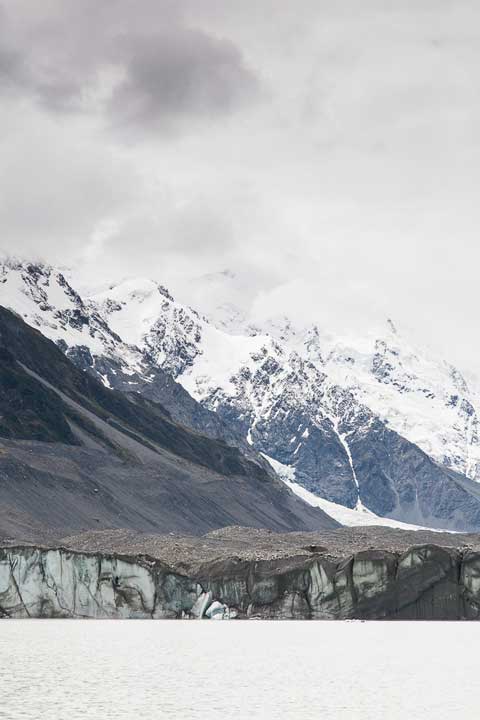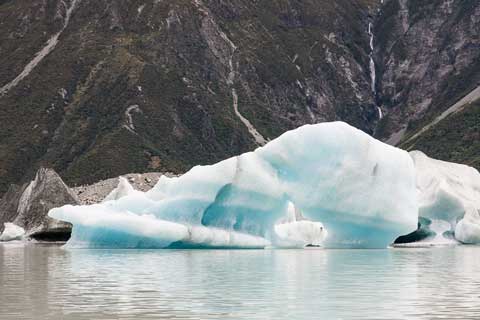 Sometimes the best way to start the week is with a good laugh — an eruptive bellow, in my case. Do not read any further while handling or consuming hot drinks, because it’s that man again: NZ’s favourite astrologer, “moon man” Ken Ring, reinventing science (again) in service of his weird view of the world. As regular readers will recall, Ringworld is a place full of oddities, but even as a connoisseur of Ken’s creative interpretations of physical reality I was reduced to fits of giggles by a couple of his recent articles, as published at his Yahoo News blog. Here’s what set me off — the fourth paragraph of an extended rant about scaremongering:
Sometimes the best way to start the week is with a good laugh — an eruptive bellow, in my case. Do not read any further while handling or consuming hot drinks, because it’s that man again: NZ’s favourite astrologer, “moon man” Ken Ring, reinventing science (again) in service of his weird view of the world. As regular readers will recall, Ringworld is a place full of oddities, but even as a connoisseur of Ken’s creative interpretations of physical reality I was reduced to fits of giggles by a couple of his recent articles, as published at his Yahoo News blog. Here’s what set me off — the fourth paragraph of an extended rant about scaremongering:
Volcanoes throw CO2 into the air and it drifts slowly down. Rain brings most CO2 back into the sea, with the rest combining to form weak acid carbonates which embed in rocks. Earthquakes enable rocks to reach the sea and eventually underneath new volcanoes, the cycle taking millions of years. There are enough volcanoes every day beneath the sea and above to keep CO2 at a constant average of 350 parts per million of the atmosphere, across many centuries.
A constant average of 350 ppm? The planet has spent most of the last few million years in a series of ice ages, with CO2 levels around 180 ppm. During the short interglacial periods, CO2 peaked at about 280-300 ppm — until we came along and started liberating fossil sunshine and boosted that to 390+ ppm. Ken’s just making stuff up, again. There’s much more to amuse in the piece, as Ken reinvents developmental psychology, but for the real fun, you have to dig a few weeks further back in his blog archive… Continue reading “Monday mirth: Ken Ring reinvents botany, geology, and the oil business”



 There’s a parallel world out there — the planet inhabited by climate cranks and deniers. It’s a world where you can say whatever you like, be as wrong as you like, be shown to be wrong repeatedly, even comprehensively lose court cases, and yet you never have to say you’re sorry, or admit to your mistakes. It seems incredible to those of us who have to deal with reality, but there are people out there who will hang on your every word and take it as gospel, however outrageously wrong it may be. The latest
There’s a parallel world out there — the planet inhabited by climate cranks and deniers. It’s a world where you can say whatever you like, be as wrong as you like, be shown to be wrong repeatedly, even comprehensively lose court cases, and yet you never have to say you’re sorry, or admit to your mistakes. It seems incredible to those of us who have to deal with reality, but there are people out there who will hang on your every word and take it as gospel, however outrageously wrong it may be. The latest 